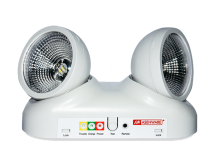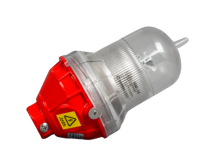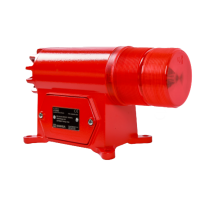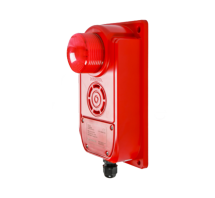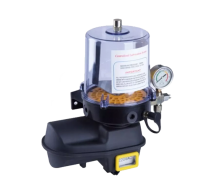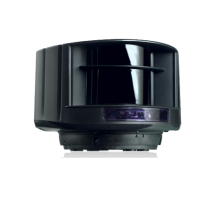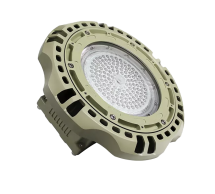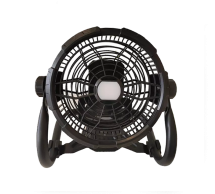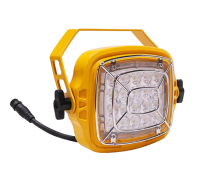Fuse indicating transmission device
SKU : Fuse indicating
Product not found

| Price |
17.00 USD 20.00 USD |
| Quantity to buy | |
| Total |
Do not have enough stock
Out of stock
Fuse indicating transmission device
for : XRNT,XRNM,RN3
- This device is suitable for 3.6KV-40.5KV indoor high-voltage fuses (with striker), such as XRNT, XRNM and RN3 types. When the fuse moves, it hits the compression head to move the insulating mandrel to the low-pressure push ring and opens the micro switch to provide alarm and indication.
หมายเหตุ : สินค้ารายการนี้ มีศูนย์ บริการในประเทศ,มีอะไหล่เครื่องราคาส่งพร้อมช่างผู้ชำนาญ มีบริการติดตั้ง สอนการใช้งานฟรี และให้คำแนะนำกรณีมีช่างติดตั้งเอง จัดส่งถึงมือลูกค้าก่อนชำระเงิน ค่าจัดส่งค่าใช้จ่ายอัตตราของผู้ให้บริการรายต่างๆ ตามบิล สำหรับร้านค้าและช่างมีราคา พิเศษ ร้านค้าหรือช่างสามารถสมัครสมาชิกสะสมแต้ม เพื่อแลกของรางวัลได้ที่หน้าเวปไซด์ มีของรางวัลหลายรายการ ( สินค้านี้ซื้อ 1เครื่อง ขึ้นไป ส่งฟรี ) รับตัวแทนจำหน่าย ฟรีข้อมูลสินค้า รับสอนประกอบและตรวจซ่อมฟรี / ไม่มีค่าใช้จ่าย / มีอะไหล่และเครื่องมือในราคาช่าง / มีบริการปรับปรุง เครื่องจักรเพื่อให้มีประสิทธิภาพในการประหยัดพลังงาน ให้ระบบทำงานเพื่อเพิ่มประสิทธิภาพลดการซ่อมยึดอายุการใช้งาน สินค้านี้ขายยกลังในราคาส่ง ราคาที่เสนอต่อ ชิ้น สินค้านี้ต้องตรวจสอบล่าสุดก่อนส่งถึงมือผู้ใช้งานตามมาตรฐานของผู้ผลิตเพื่อลดปัญหาการเสื่อมคุณภาพจากการจัดเก็บที่ไม่ถูกต้องเป็นเวลานาน
HV. Fuse Indicator

INSTALLATION SIZE AND USE DEBUGGING :
|

FACTORS TO BE CONSIDERED WHEN CHOOSING |
|
HV. Fuse Indicator Install & Dimension


INSTALLATION AND REPLACEMENT |
|













